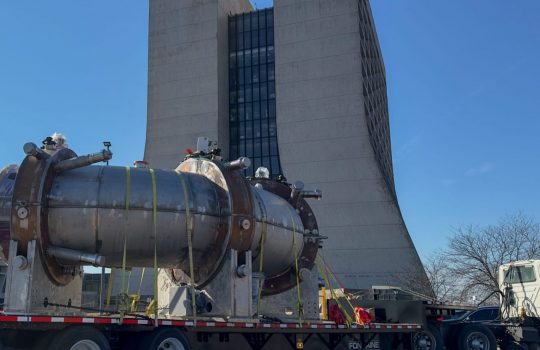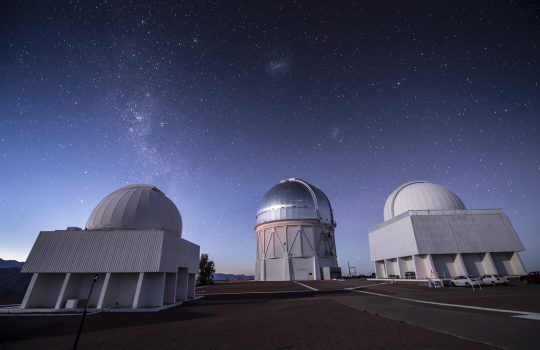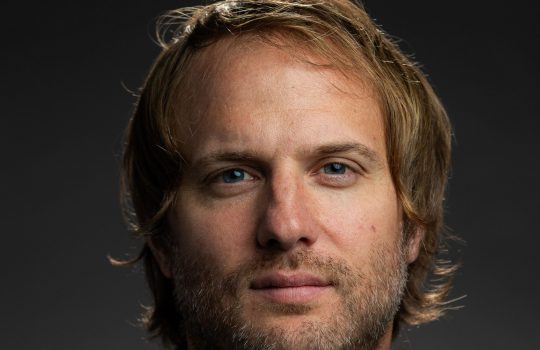
Cerro Tololo Inter-American Observatory in Chile, the home of the Dark Energy Camera. Photo: Fermilab
The Dark Energy Survey is now in its third year of capturing eye-popping images of the cosmos with its primary instrument, the Dark Energy Camera. Before the survey proper began in August 2013, however, scientists spent months testing the camera, putting it through its paces.
Now, catalogs of galaxies and stars derived from the data collected during that Science Verification season (November 2012 to February 2013) have been released to the public. Astronomers and astronomy buffs can download the data from the website for the National Center for Supercomputing Applications at the University of Illinois, which manages the processing of all the images taken for the Dark Energy Survey.
This is good news for the astronomy community, as the catalogs released last week contain measurements of more than 25 million objects. Scientists on the Dark Energy Survey have used this data to, among other things, create the largest-yet dark matter mass map. The Science Verification data covers only 3 percent of the survey area (itself roughly one-eighth of the sky), so there is much more to come.
The Dark Energy Survey is a five-year effort to map that survey area in unprecedented detail. Scientists will use the data collected to probe the phenomenon of dark energy, the mysterious force that makes up about three-quarters of the universe. The Dark Energy Camera was built and tested at Fermilab and is mounted on the Blanco telescope at the National Optical Astronomy Observatory’s Cerro Tololo Inter-American Observatory in Chile.
The Dark Energy Survey is a collaboration of more than 300 scientists from 25 institutions in six countries. Funding for DES projects is provided by the U.S. Department of Energy Office of Science, the National Science Foundation, and other funding agencies.



